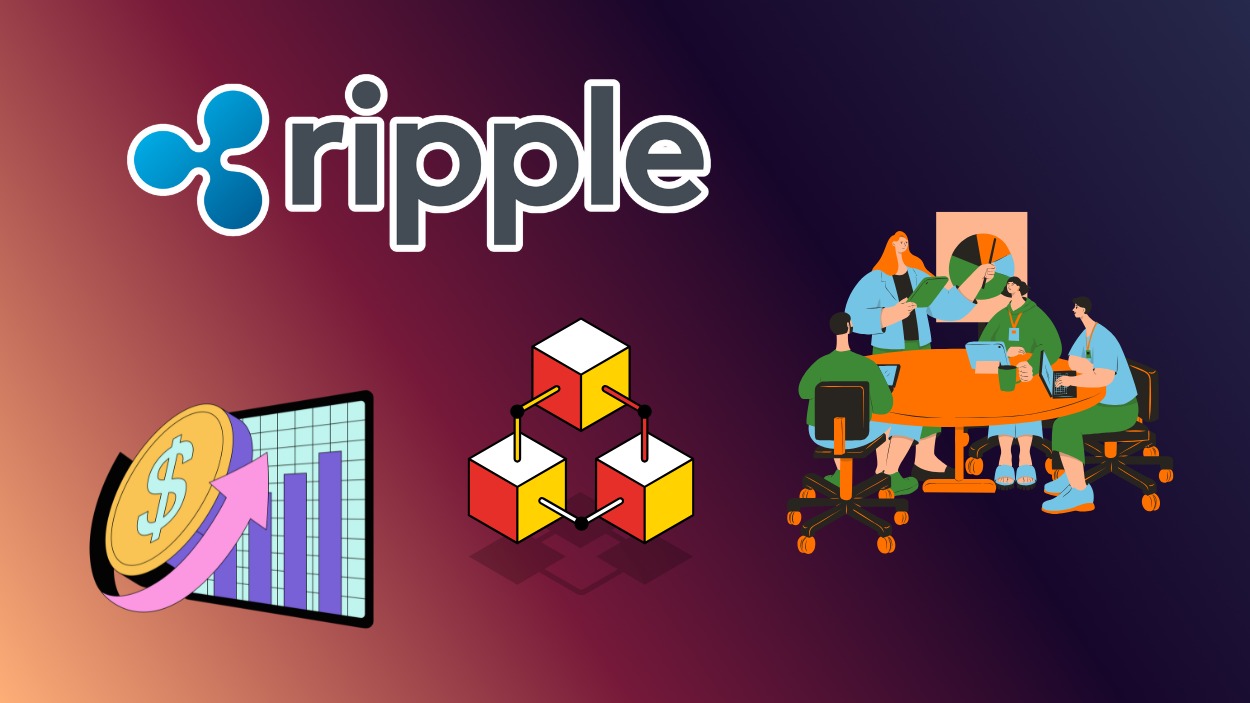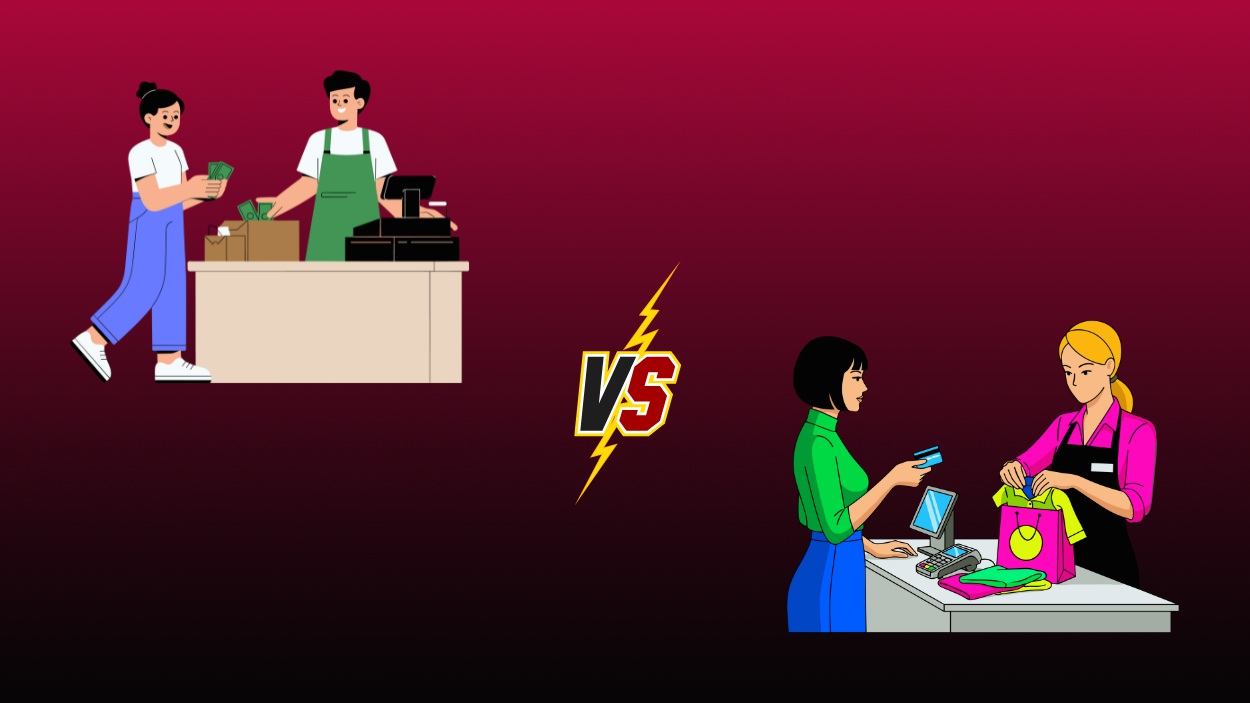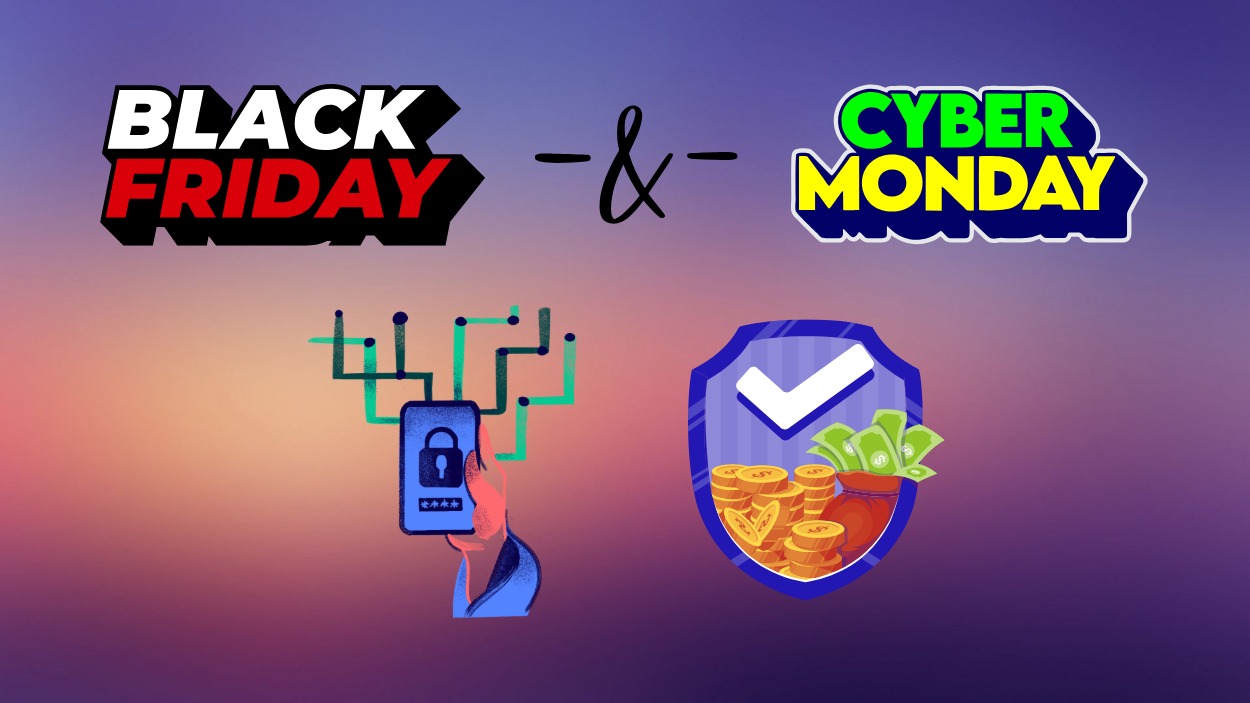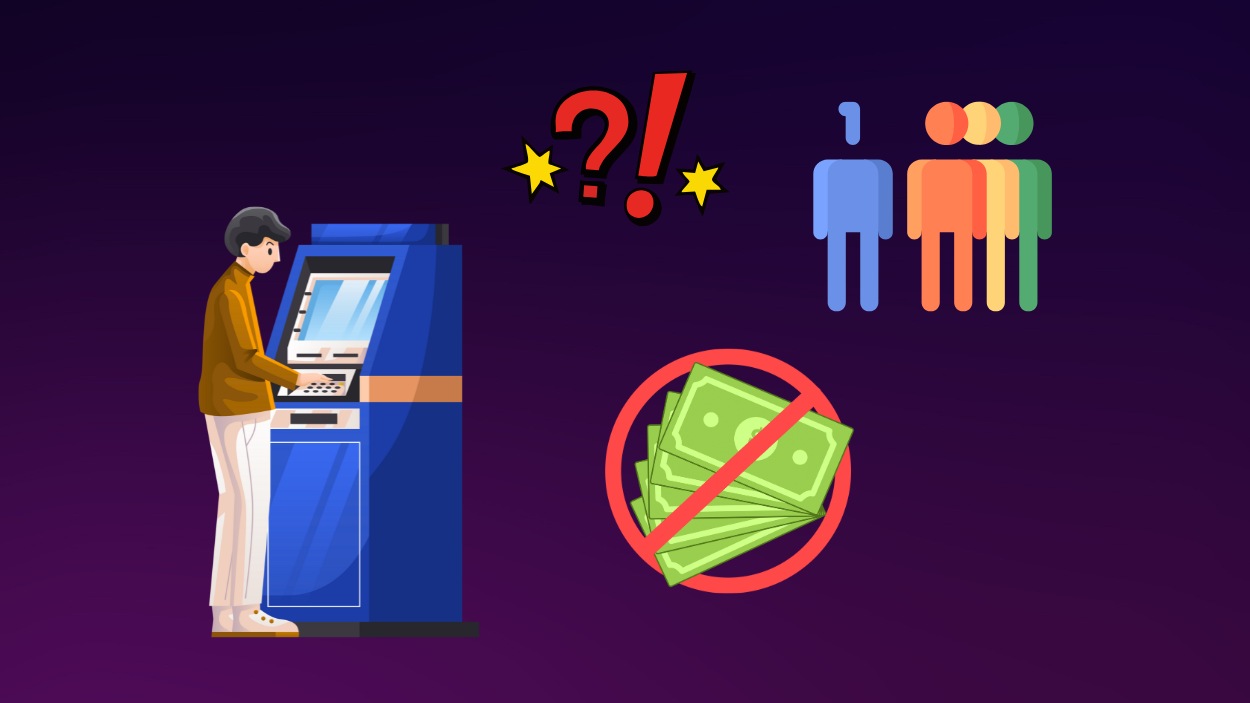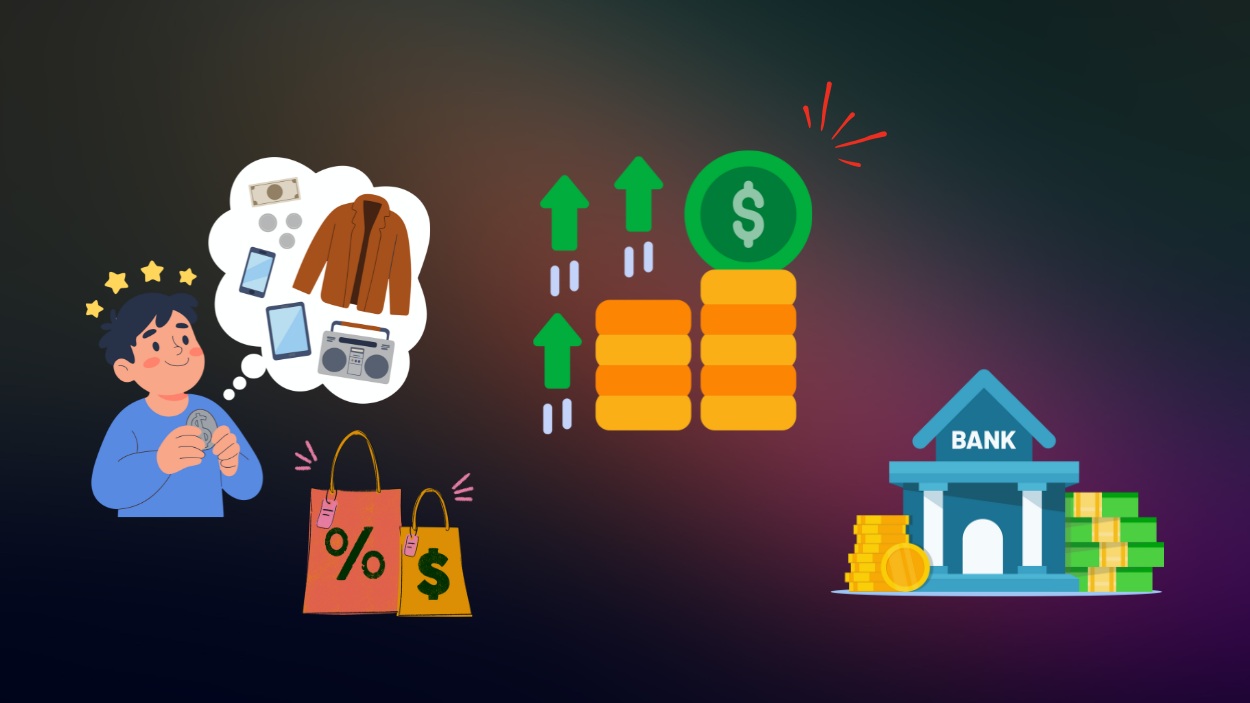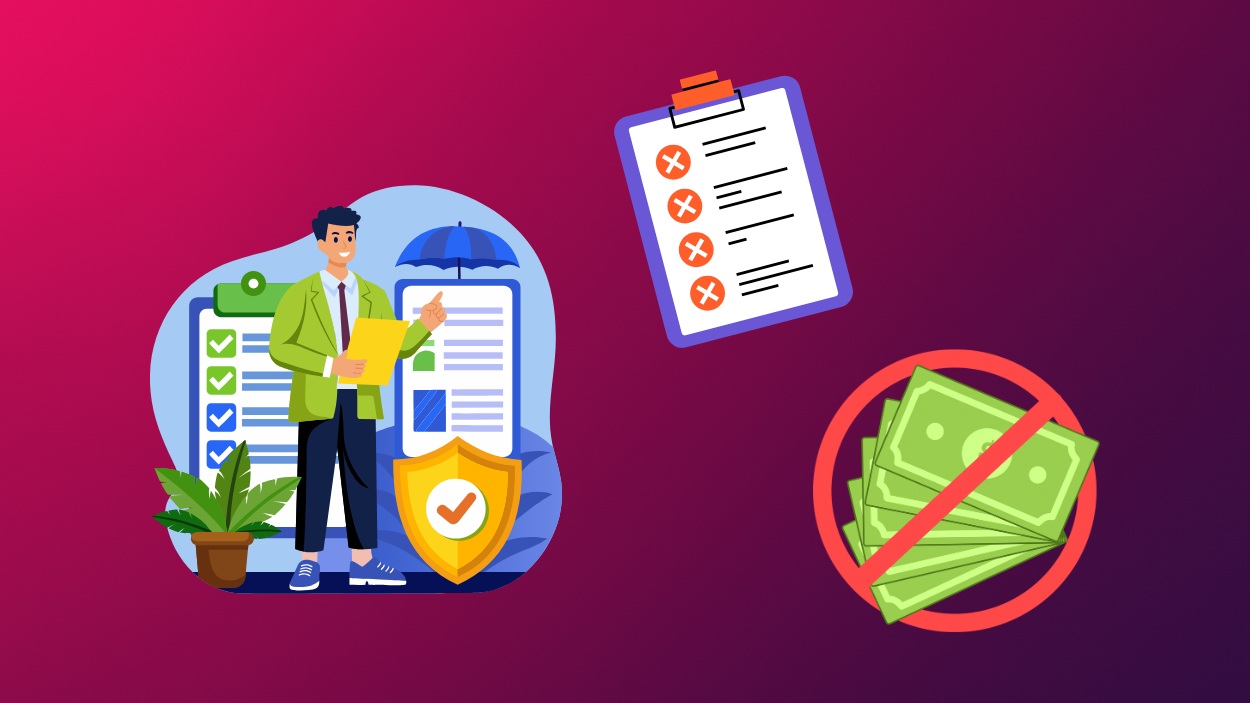In 2025, the finance industry is under the spotlight, not just for its economic contributions but for the pressing need to improve diversity and inclusion. For years, finance has been dominated by a largely homogenous workforce, particularly at the executive level. However, as businesses and stakeholders demand change, the financial sector is slowly starting to embrace a more diverse talent pool. From gender diversity to representation across racial, ethnic, and age groups, efforts are being made to create a more inclusive financial ecosystem. This article explores the key statistics behind these developments, illustrating both progress and challenges.
Editor’s Choice: Key Diversity Statistics in Finance
- Women comprise 46% of the global finance workforce but hold only 22% of executive roles, indicating persistent leadership gaps.
- In 2025, Black professionals represent approximately 5% of the U.S. finance workforce, highlighting ongoing underrepresentation.
- Latinx individuals account for about 9.5% of U.S. financial services employees in 2025, showing slight growth from previous years.
- Only 0.4% of Fortune 500 board seats are held by openly LGBTQ+ individuals, underscoring the need for greater inclusivity in leadership.
- Age diversity is gaining traction, with 35% of financial firms prioritizing it in their 2025 diversity and inclusion goals.
- Companies with diverse management teams earn 19% more in revenue due to innovation, emphasizing the financial benefits of diversity.
- 60% of Fortune 500 finance companies have implemented diversity initiatives, though the full impact remains to be assessed.
Support for Diversity Driving Innovation
- 48% of respondents strongly agree that a diverse and inclusive workforce is crucial for driving innovation through different perspectives and ideas.
- 37% said they somewhat agree, showing widespread support for the positive impact of diversity.
- Only 11% of participants somewhat disagree, and a smaller 3% strongly disagree with the statement.
- Just 1% of respondents answered “don’t know,” suggesting that most have a clear opinion on the topic.
This data highlights that 85% of professionals (combining strong and somewhat agreement) recognize the value of diversity in fostering innovation.

The Current Diversity Landscape in Finance
- Diverse representation across gender, race, and ethnicity in the U.S. finance sector has improved by just 2% over the past decade, indicating slow progress.
- 53% of financial institutions now incorporate diversity metrics into their performance reviews, reflecting a growing emphasis on accountability.
- Globally, women occupy only 33.5% of senior leadership roles in finance, highlighting a persistent gender imbalance at the top.
- Despite growing awareness, financial firms in Europe have made only 1.6% progress in diversifying their leadership teams in 2025, showing minimal advancement.
- Millennials now make up 43.1% of the global financial workforce, but age-related biases continue to hinder promotions for this group.
- In 2025, the highest percentage of women in finance is seen in retail banking at 45%, whereas investment banking lags at 19%, indicating sector disparities.
- 88% of professionals in a 2025 survey believe that diversity enhances innovation in finance, but only 27% feel their company is doing enough to foster inclusion.
Gender Diversity in Finance
- Women now hold 29% of global C-suite roles in finance, up from 17% in 2015, reflecting a 12% increase over the past decade.
- In the U.S., women comprise 52% of the financial services workforce but occupy only 31% of senior leadership positions, highlighting a persistent leadership gap.
- The gender pay gap in finance persists, with women earning 83 cents for every dollar earned by men, indicating a 17% disparity.
- 40% of women working in finance report experiencing gender bias in the workplace, with 60% stating that they feel underrepresented in leadership discussions.

- Black women remain underrepresented, holding just 4.3% of managerial positions in major U.S. financial firms.
- Companies with greater gender diversity at the executive level are 21% more likely to outperform their peers financially, underscoring the business case for inclusivity.
- While 80% of financial institutions have implemented gender diversity programs, only 35% of women in finance believe these initiatives are effective, pointing to a need for more impactful strategies.
Racial and Ethnic Diversity Trends in Financial Services
- Black professionals comprise 5% of the U.S. financial services workforce, despite representing 13% of the overall population.
- Latinx representation in U.S. finance reached 11% in 2025, still trailing their ~19% share of the population.
- Asian Americans hold 6% of senior management positions in finance, despite accounting for 13% of professional roles.
- In the UK, 18% of investment professionals are from ethnic minority groups, aligning with national averages.
- Native American professionals remain underrepresented, comprising less than 0.5% of the U.S. finance workforce.
- Companies with racially diverse teams are 35% more likely to outperform their peers financially.
- 66% of ethnic minority employees in UK financial services have experienced discrimination during their careers.
Impact of Pronouns on a Resume According to Hiring Managers
- 72% of hiring managers say pronouns on a resume wouldn’t affect their decision-making.
- 15% say pronouns would positively affect their view of a candidate.
- Only 13% say pronouns would negatively affect their decision.
This shows that a strong majority of employers are neutral or supportive of pronoun use on resumes.

Benefits of Age Diversity in Asset Management
- 35% of asset management firms now prioritize age diversity in team composition, reflecting a growing emphasis on multigenerational collaboration.
- Millennials and Gen Z constitute 45% of the asset management workforce, driving shifts in corporate culture and innovation.
- Age-diverse teams in asset management firms have been found to generate 18% higher profits, leveraging a blend of experience and fresh perspectives.
- By 2025, over 30% of financial advisors will be over the age of 60, raising concerns about succession planning and talent retention.
- 60% of financial firms have implemented intergenerational mentorship programs, facilitating knowledge transfer between senior professionals and younger employees.
- 45% of millennials in asset management report that their age has negatively impacted their career progression, particularly in leadership roles.
- Asset management firms with age-diverse leadership teams have seen a 27% increase in client satisfaction compared to those with less diversity.
U.S. Personal Finance: Household Income Distribution Overview
- 19.5% of U.S. households earn between $25K–$49.9K, the largest income group in the country.
- 18% earn under $25K, highlighting a significant portion of low-income households.
- 16.5% fall in the $50K–$74.9K income bracket.
- 15% of households report incomes between $100K–$149.9K.
- 12.5% earn $75K–$99.9K, representing mid-income earners.
- Only 10.5% of households make over $200K, indicating a smaller high-income segment.
- 8% earn between $150K–$199.9K, showing fewer households in the upper-middle income range.
This data underscores that a majority of U.S. households earn less than $100K, revealing key insights into national personal finance dynamics.

Challenges in Recruiting and Retaining Diverse Talent
- 44% of financial firms report struggling to recruit diverse talent due to a lack of qualified candidates in the talent pool.
- In a 2025 survey, 55% of diverse candidates said they were discouraged from applying for finance roles due to the industry’s reputation for exclusivity.
- Retention rates for minority employees in finance remain low, with 33% leaving within the first two years, citing a lack of career growth opportunities.
- 48% of financial institutions identified unconscious bias in hiring and promotions as a key barrier to improving diversity.
- Despite efforts, 60% of diverse employees feel that mentorship programs in finance are insufficiently tailored to their needs.
- The turnover rate for women of color in financial services is 20% higher than for white men, highlighting ongoing challenges in inclusion and support.
- Only 18% of finance firms have dedicated programs for developing leadership skills among underrepresented groups, contributing to the lack of diversity at the top.
Organizations Promoting Diversity in Finance
- The National Association of Securities Professionals (NASP) has been at the forefront of promoting diversity in the finance industry since its founding in 1985.
- 100 Women in Finance, established in 2001, works to advance gender diversity by supporting women through education and networking initiatives.
- The Association of Latino Professionals for America (ALPFA) continues to advocate for greater Latinx representation in finance, with a focus on leadership development.
- The Financial Services Pipeline Initiative has been instrumental in increasing Black and Latinx representation in finance in the Midwest, with significant growth in Chicago.
- The CFA Institute’s Diversity, Equity, and Inclusion Code, launched in 2021, encourages firms to commit to measurable diversity improvements, and over 200 firms have signed on.
- Out Leadership, a global LGBTQ+ business network, partners with finance companies to promote inclusion for LGBTQ+ employees in the industry.
- The CEO Action for Diversity & Inclusion initiative, with over 2,000 signatories, continues to shape corporate policies that enhance diversity in the financial sector.

The Benefits of Diversity to Business
- Diverse teams are 35% more likely to outperform their competitors, highlighting the productivity gains from inclusivity.
- Companies with diverse leadership see 19% higher revenue, especially in innovation-driven industries like finance.
- 80% of financial services executives believe that diversity leads to better decision-making and risk management.
- Firms with gender-diverse executive teams are 25% more likely to outperform their peers financially.
- Companies ranked highly for diversity are 2.3 times more likely to be seen as a great place to work by employees, improving overall retention.
- Financial firms with diverse workforces report a 29% increase in client satisfaction and loyalty.
- Diverse investment teams outperform their non-diverse counterparts by generating 2% higher returns annually, according to a 2025 study.
Diversity and Financial Performance
- Companies in the top quartile for ethnic diversity are 35% more likely to outperform the industry median (58% vs 43%).
- Firms in the top quartile for gender diversity are 15% more likely to have above-average financial performance (54% vs 47%).
- When gender and ethnic diversity are combined, companies in the top quartile show a 25% performance advantage over others (53% vs 40%).
These findings reinforce that greater workforce diversity correlates with better financial results.

Investor and Government Actions
- Institutional investors managing over $3.1 trillion now offer proxy voting choice programs, allowing shareholders to align votes with their values.
- The 30% Club continues to influence board diversity, with 29% average female representation on S&P 100 boards, up from 21.9% at launch.
- State Street Global Advisors has removed specific board diversity targets from its 2025 proxy voting guidelines, shifting focus to overall board composition.
- BlackRock released its 2025 proxy voting guidelines, emphasizing board composition and sustainability, while adjusting its approach to diversity considerations.
- The U.S. Department of Labor continues to provide grants supporting workforce diversity and inclusion initiatives through various programs.
- ESG-focused investors increasingly use diversity metrics in assessments, with 68% indicating intentions to vote against non-diverse boards.
- Government-backed venture capital funds have earmarked $1.2 billion to support minority-owned startups in the financial technology sector by 2025.
Recent Developments in Diversity Efforts
- Over 60% of financial services firms in the U.S. and Europe report measurable progress in gender and ethnic diversity initiatives, reflecting an ongoing commitment to DEI goals.
- The rise of diverse task forces within firms continues, aiming to address bias in real time and report directly to executive leadership, enhancing accountability and inclusivity.
- 64% of companies state that remote work positively impacted their ability to hire from diverse backgrounds, indicating a significant shift in recruitment strategies.
- 76% of financial firms now have dedicated DEI teams in 2025, showcasing a substantial increase in organizational focus on diversity and inclusion.
- 68% of firms are expected to use AI in their hiring processes by the end of 2025, integrating technology to enhance recruitment efficiency.
- Flexible work policies have helped retain women and minority employees, with 80% of firms reporting increased retention of diverse talent, emphasizing the importance of adaptable work environments.
- 78% of financial institutions publish annual reports on their progress toward diversity goals as of 2025, demonstrating a commitment to transparency and continuous improvement.
Conclusion
As the finance industry evolves, diversity and inclusion are no longer optional, they are business imperatives. These statistics show progress, but they also reveal the challenges that remain in creating a truly inclusive environment. Firms that embrace diversity will not only enhance their financial performance but also foster innovation, build stronger teams, and create a more equitable industry for all. The data suggests that while efforts are being made, the journey toward full inclusion in finance is far from over, but the future looks promising.













